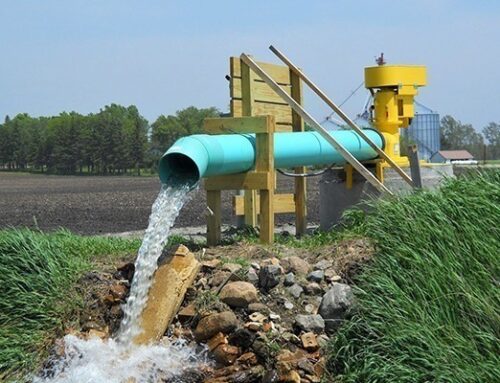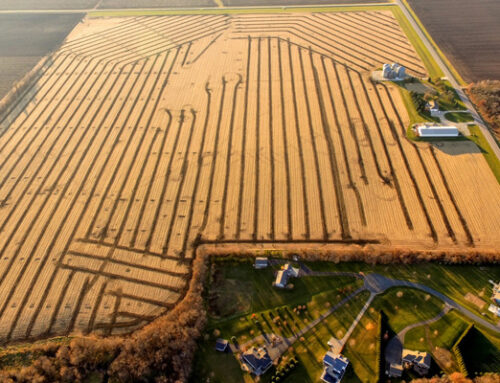A critical challenge farmers face is the reduction of phosphorus in farm drainage. Phosphorus runoff can have detrimental effects on water quality and ecosystems. This blog post will explore practical tips for phosphorus reduction in farm drainage shared by a prominent farm drainage company in Minnesota.
We will discuss nutrient runoff and optimizing drainage to ensure efficient systems and maintain optimal nutrient concentration. Hodgman Drainage is a leading farm drainage company, and here we will suggest why ensuring adequate phosphorous levels is essential to maximize yield.
Understanding the Phosphorus Problem
Phosphorus is an essential nutrient for plant growth, making it a standard component of fertilizers used in agriculture. However, when excessive phosphorus finds its way into water bodies through farm drainage, it can lead to harmful algal blooms, oxygen depletion, and aquatic habitat degradation.
Tip #1: Precision Farming Practices | Farm Drainage Company in Minnesota
Agricultural practices have evolved significantly, and precision farming is a game-changer in reducing phosphorus runoff. Precision farming, often supported by GPS technology, enables farmers to apply fertilizers and other inputs precisely where needed, minimizing over-application and reducing the risk of excess phosphorus running off into drainage systems.
Tip #2: Controlled Drainage Systems
Controlled drainage systems, expertly designed and installed by a farm drainage company, can be valuable for managing phosphorus runoff. These systems allow farmers to adjust field water levels, holding water during rainy seasons and releasing it when needed. This control helps retain phosphorus within the soil, preventing it from entering drainage channels.
Tip #3: Buffer Strips and Vegetative Buffers
Planting buffer strips and vegetative buffers alongside drainage channels and water bodies can effectively filter out phosphorus and other contaminants. These buffers consist of native vegetation that traps sediments and absorbs excess nutrients, including phosphorus, before reaching water bodies.
Tip #4: Cover Crops | Farm Drainage Company in Minnesota
Farmers can mitigate phosphorus runoff by planting cover crops during the off-season. These cover crops absorb excess nutrients, including phosphorus, from the soil, reducing the risk of runoff. Our farm drainage company in Minnesota can help farmers incorporate cover crops into their drainage management plans.
Tip #5: Filter and Treatment Systems
Consider installing filter and treatment systems within the farm drainage infrastructure. These systems capture and treat water before it enters drainage outlets. They can be particularly effective in removing phosphorus and other contaminants from runoff.
Tip #6: Regular Monitoring and Maintenance
Regular monitoring of drainage systems is crucial for promptly identifying and addressing potential phosphorus runoff issues. Collaborating with a farm drainage company in Minnesota for routine inspections and maintenance ensures drainage systems function optimally to prevent excess phosphorus from entering water bodies.
Partner with a Reliable Farm Drainage Company in Minnesota
Reducing phosphorus runoff in farm drainage is essential for protecting water quality and maintaining the sustainability of agricultural practices. By implementing precision farming techniques, controlled drainage systems, buffer strips, cover crops, and treatment systems, farmers can make significant strides in mitigating phosphorus runoff.
Act today and secure top-notch drainage solutions from Hodgman Drainage, Minnesota’s trusted farm drainage company. Enhance your crop yields, safeguard your investments, and pave the way for a thriving future on your farm. Contact us now or complete our drainage estimate form, and we’ll respond promptly.



